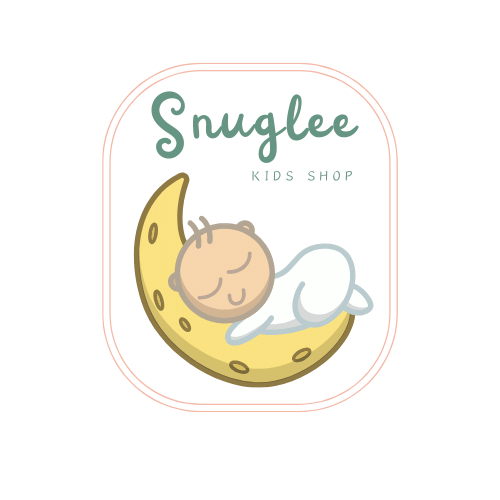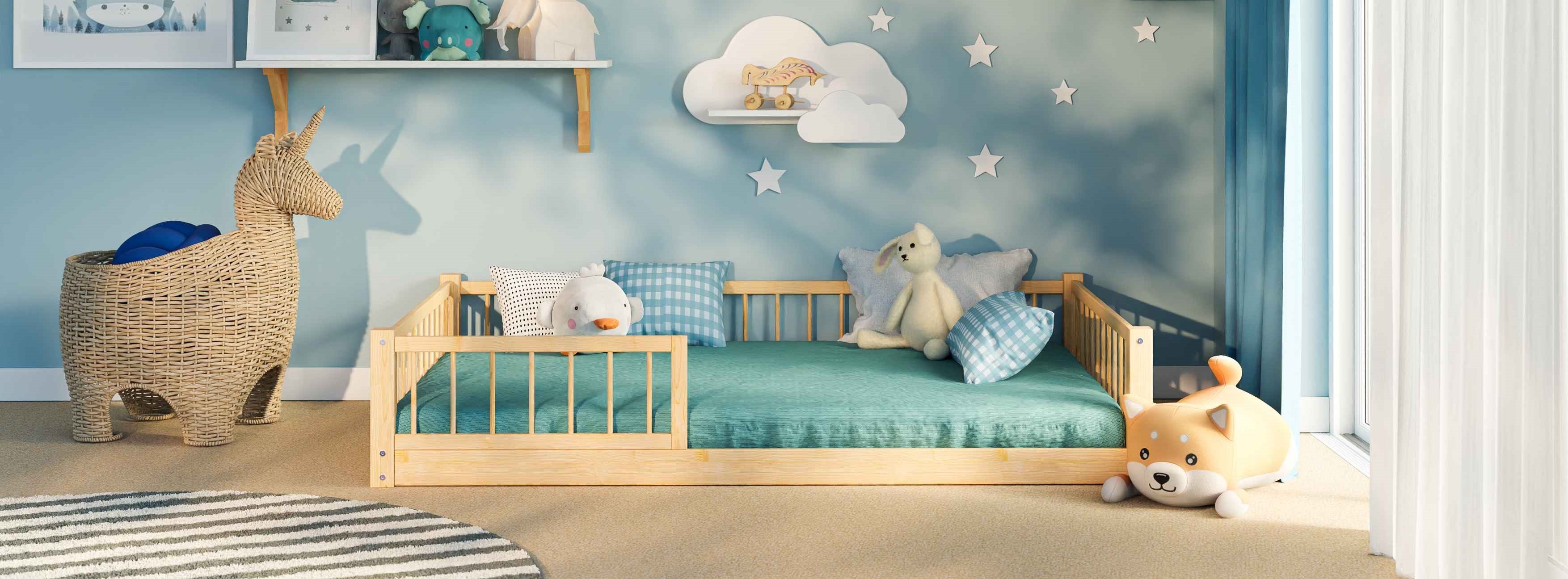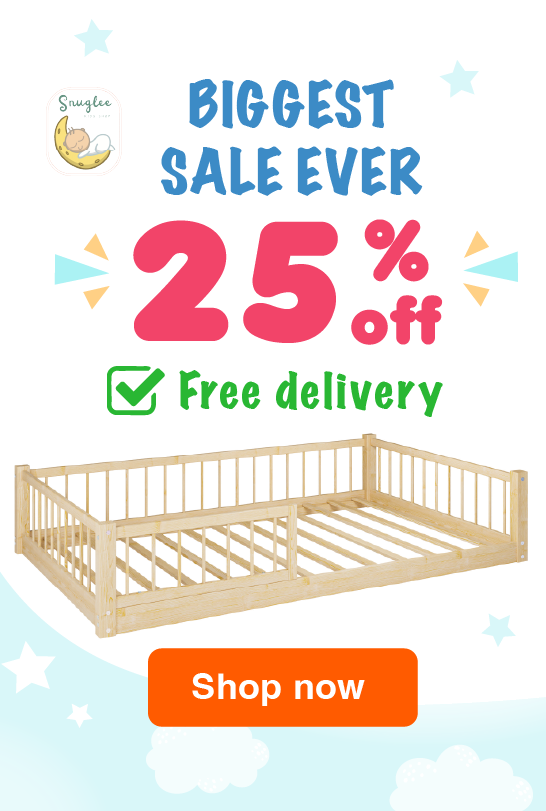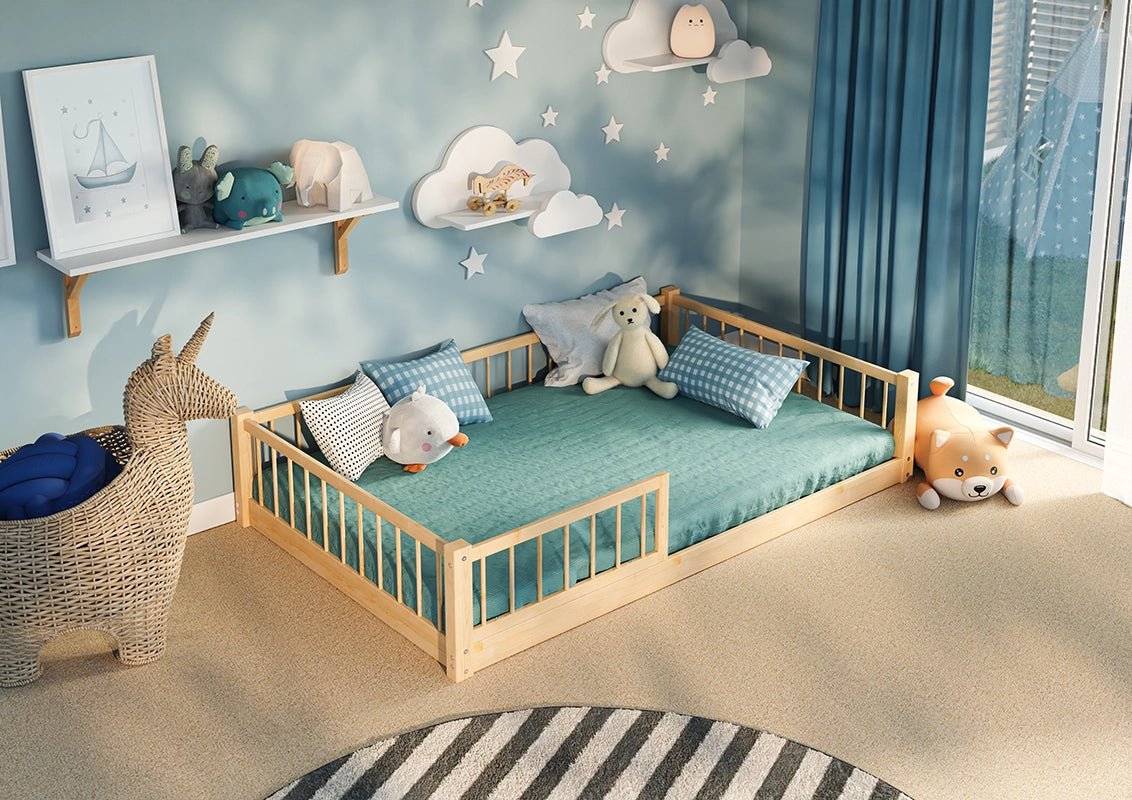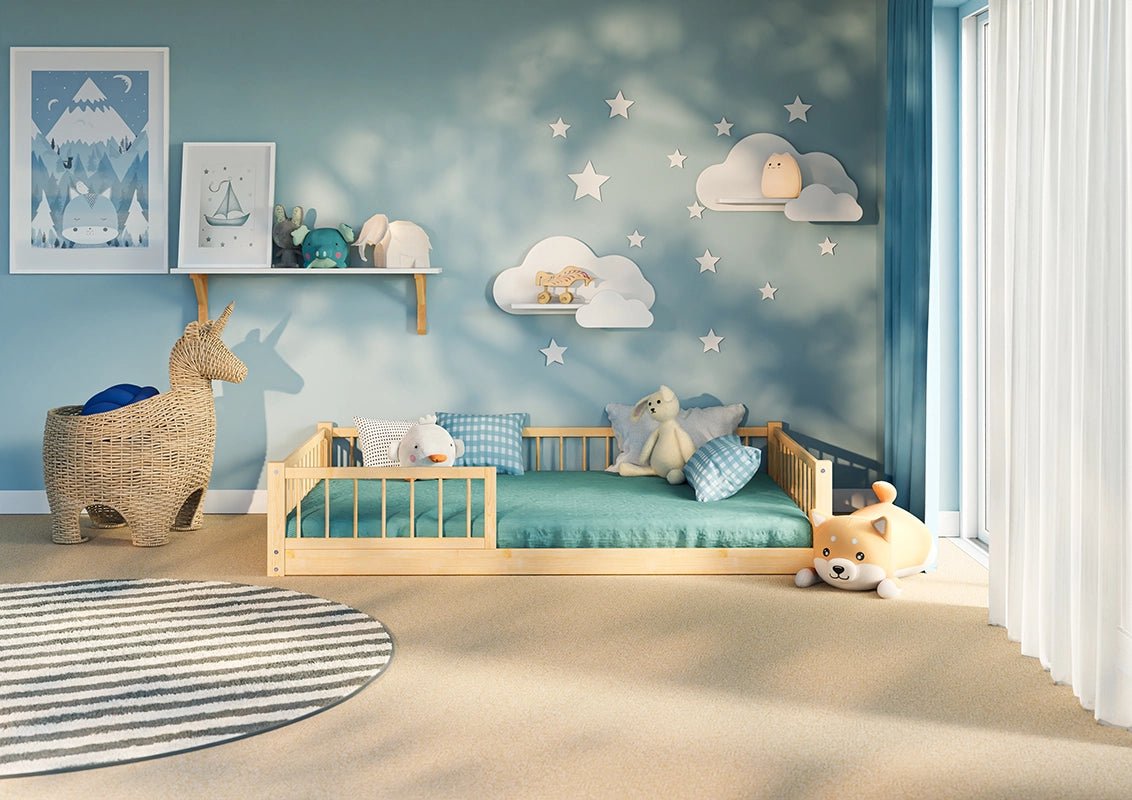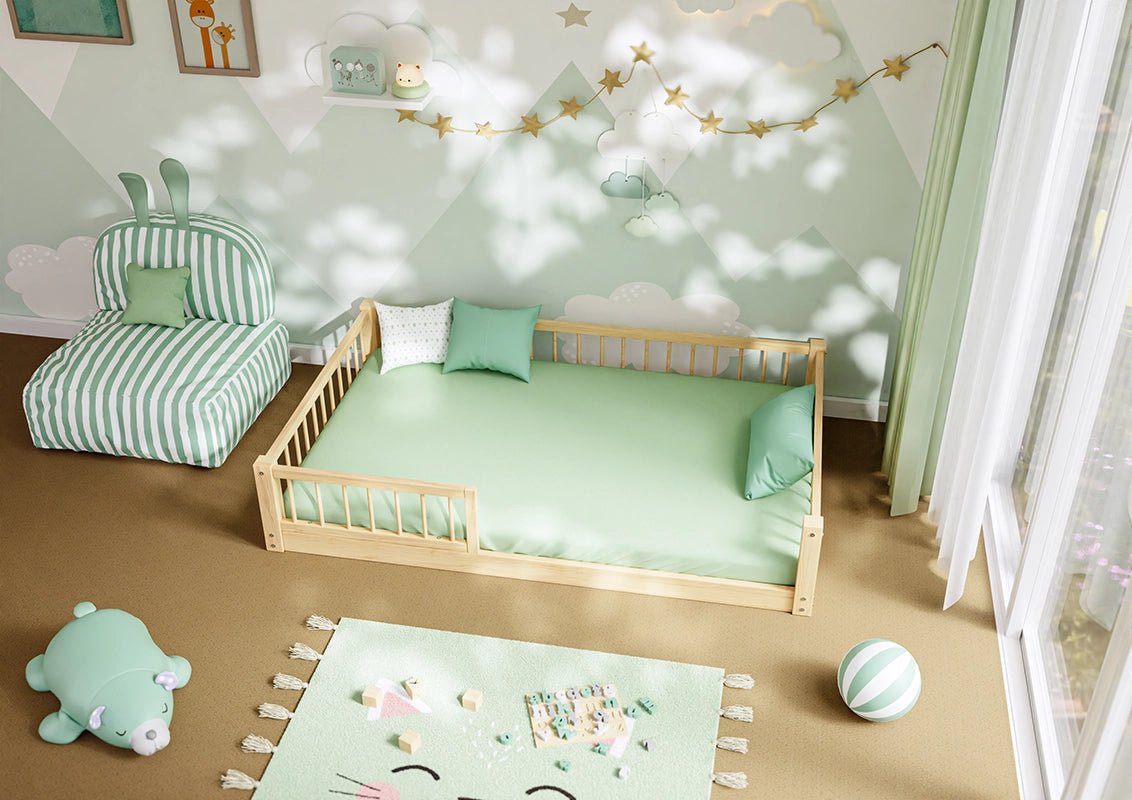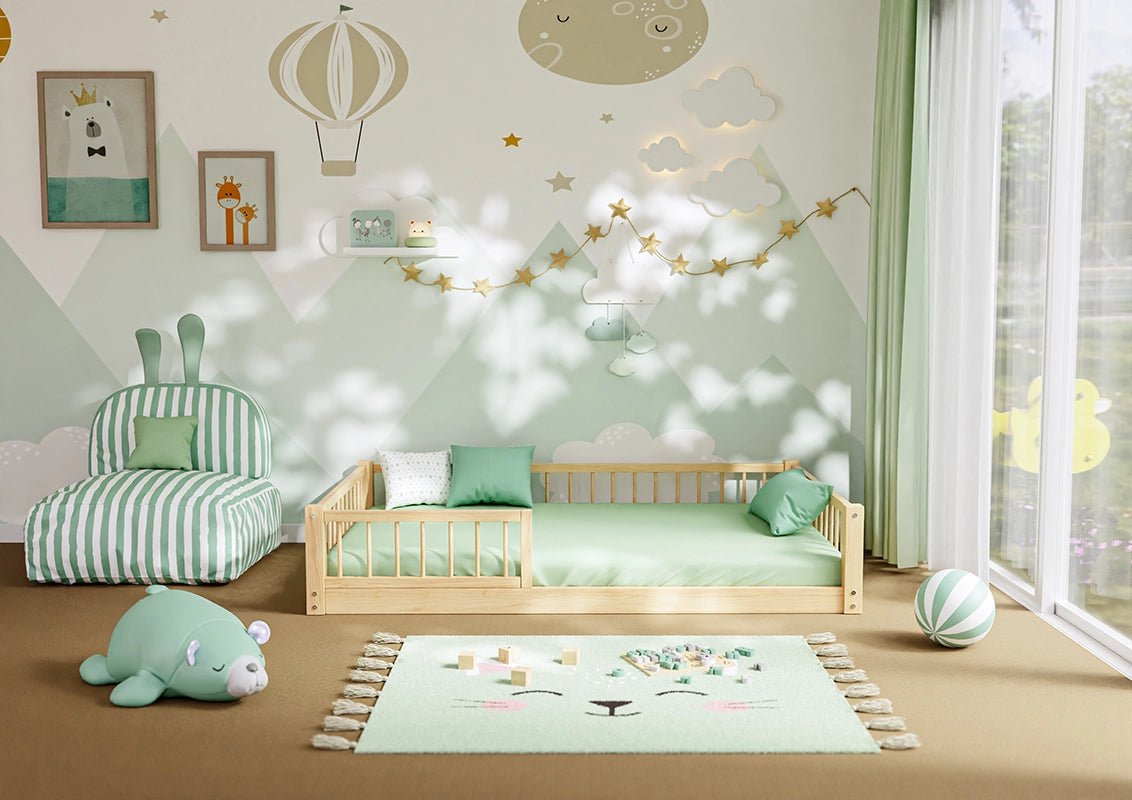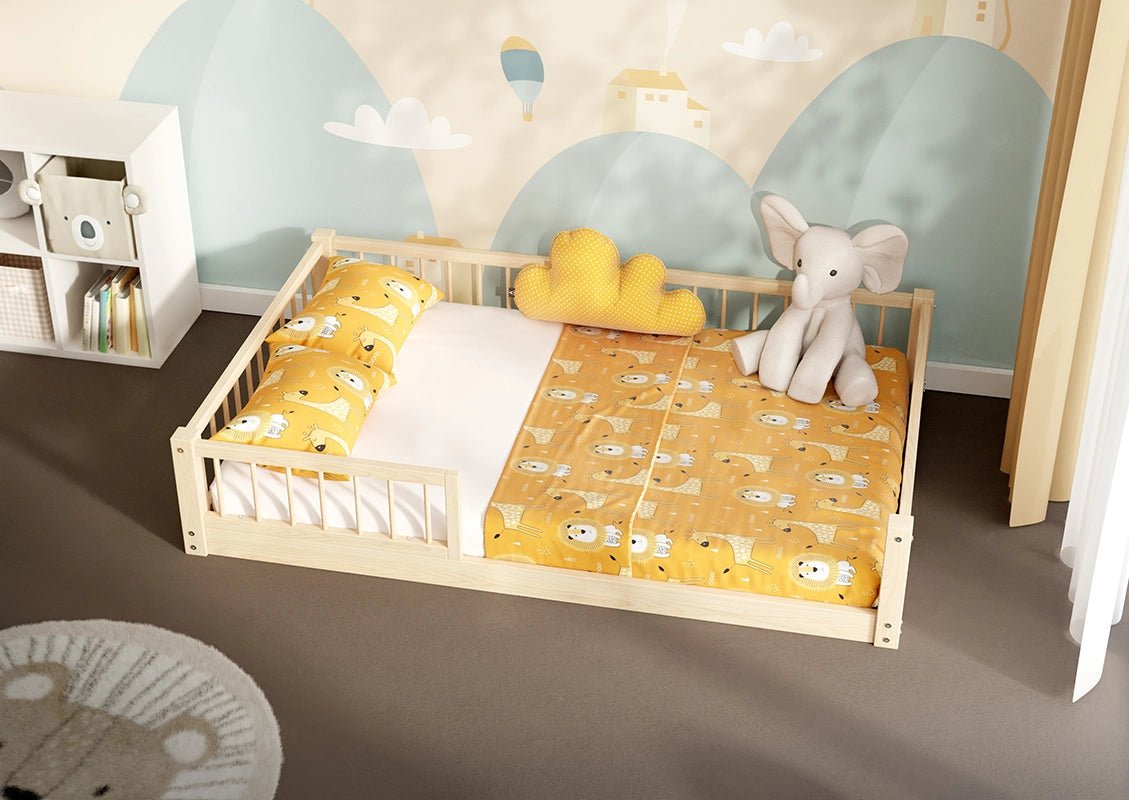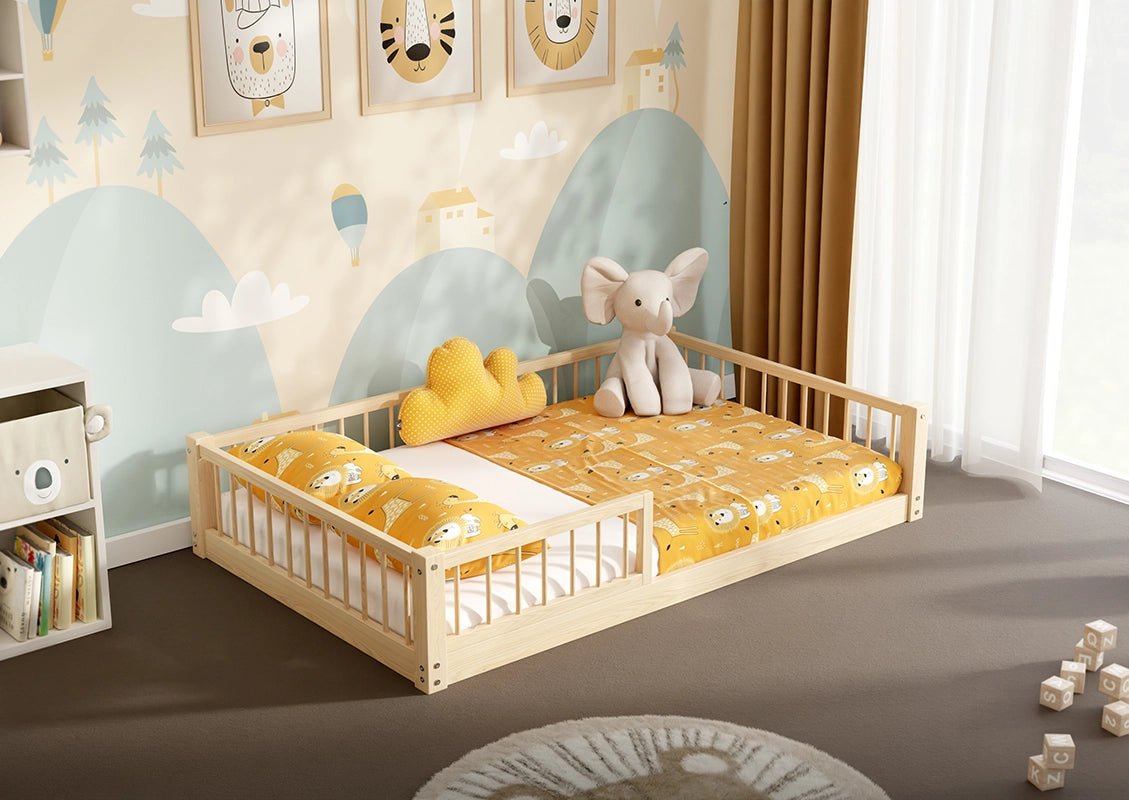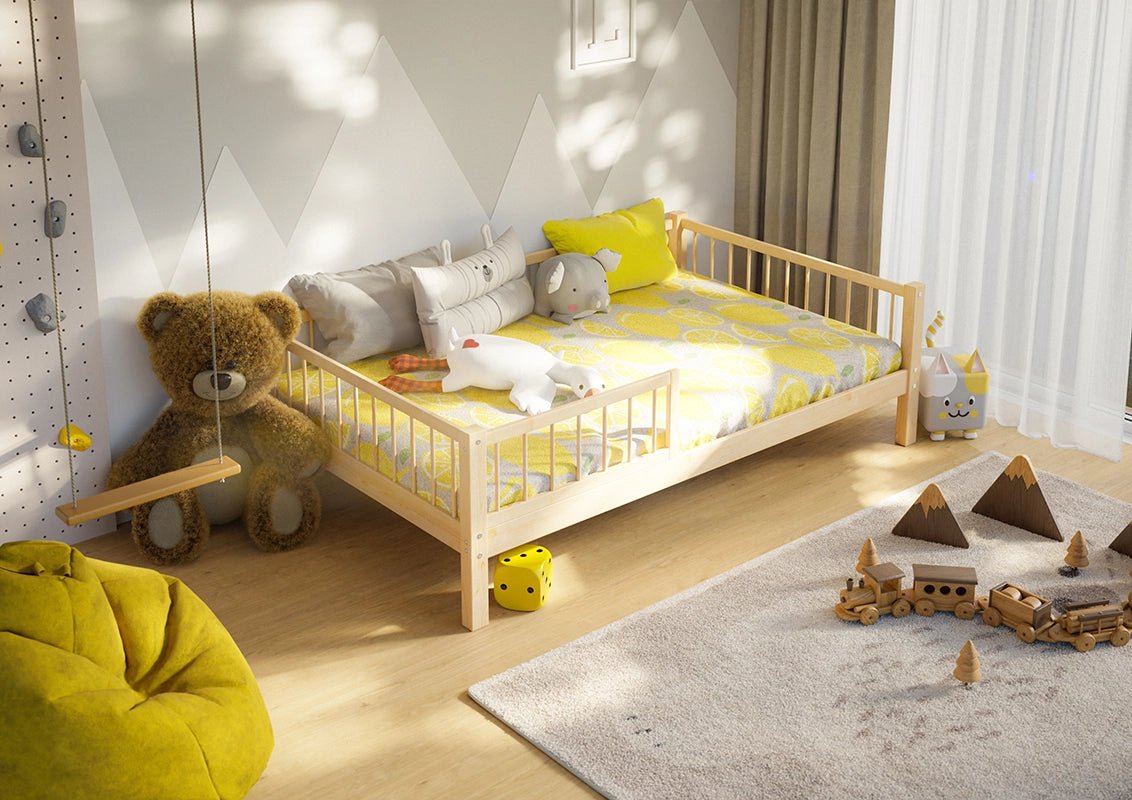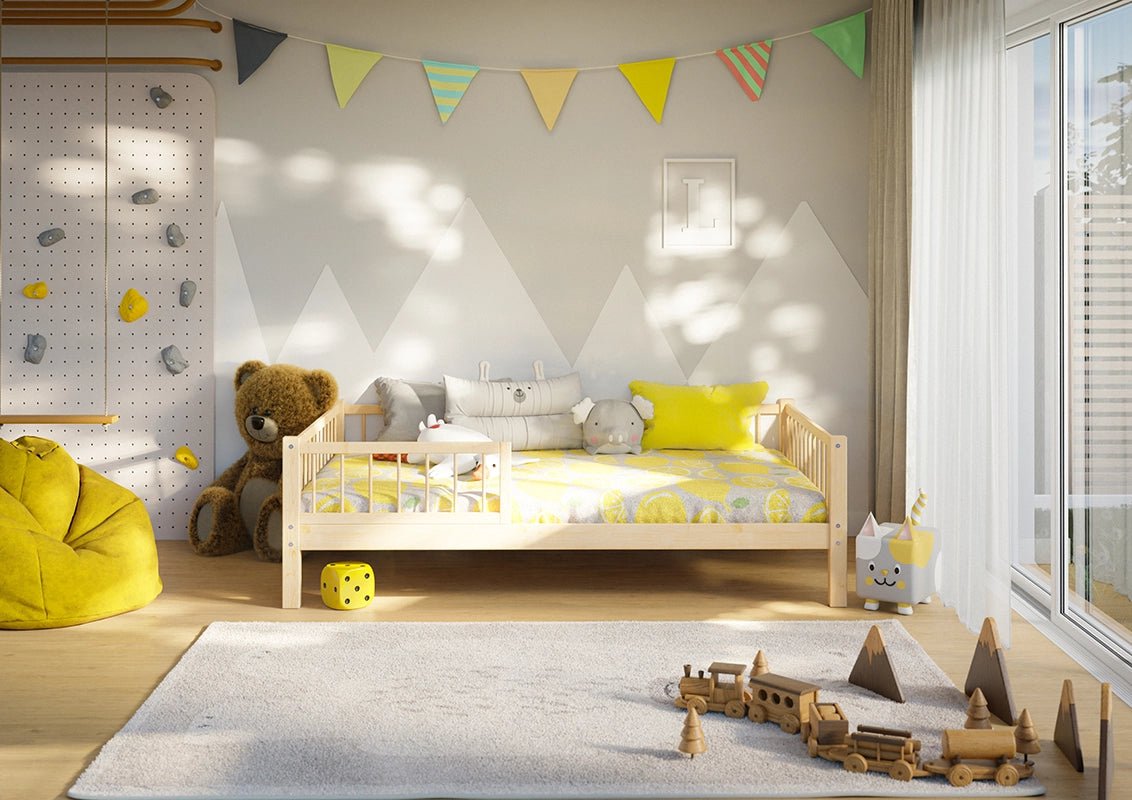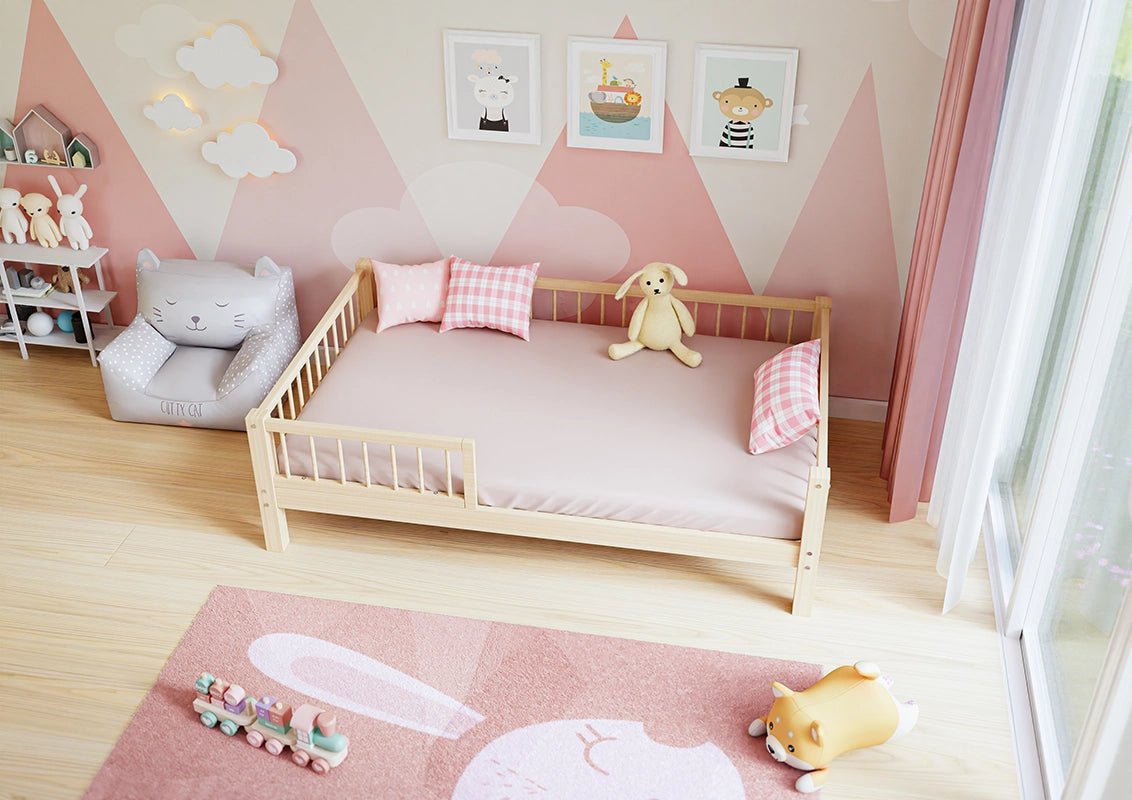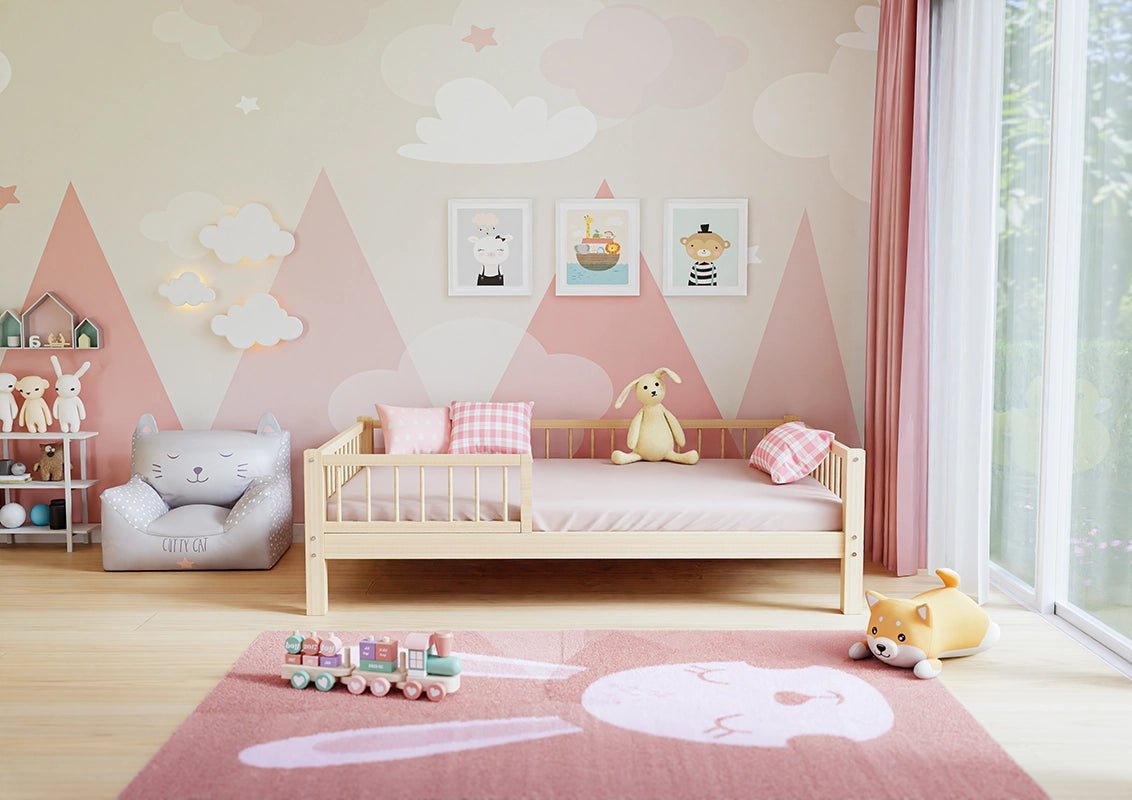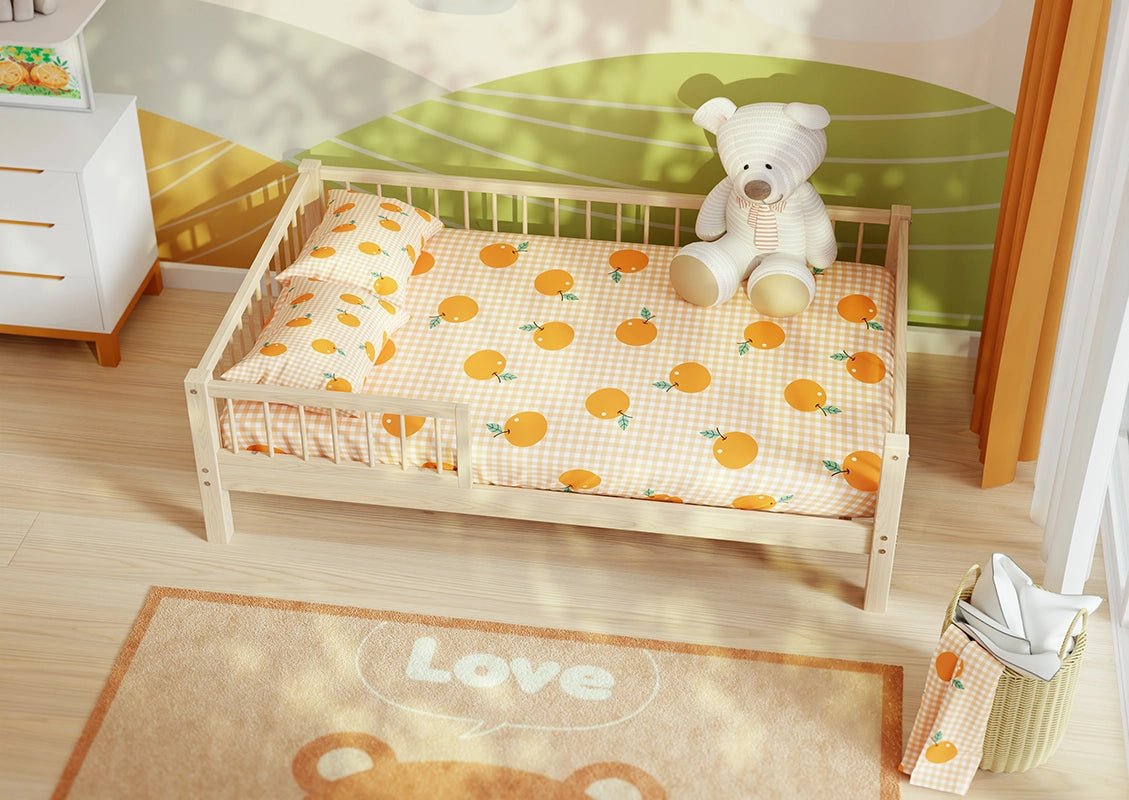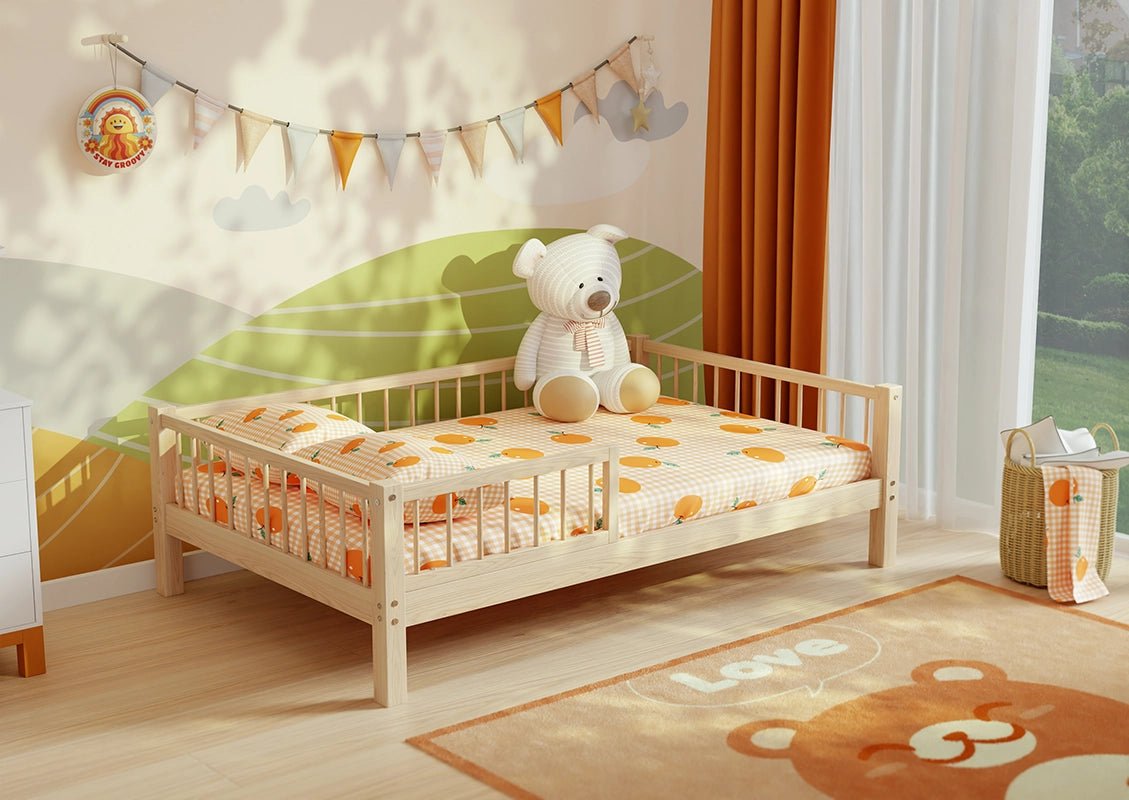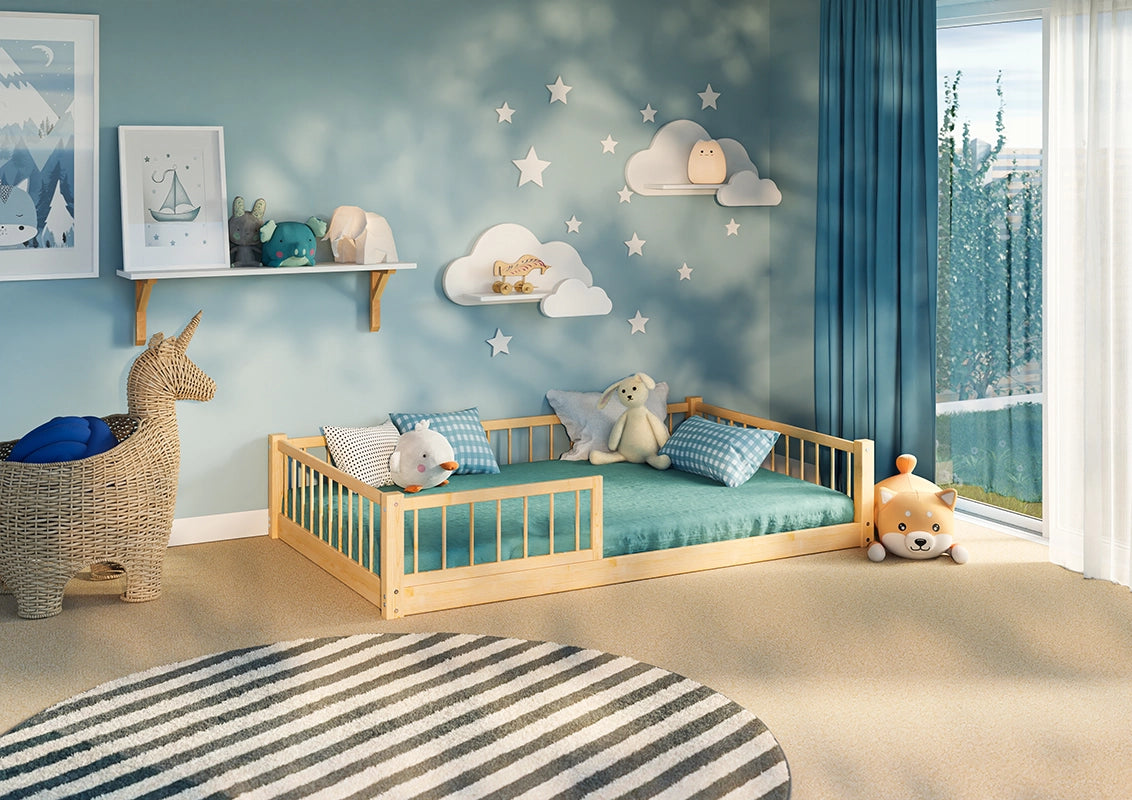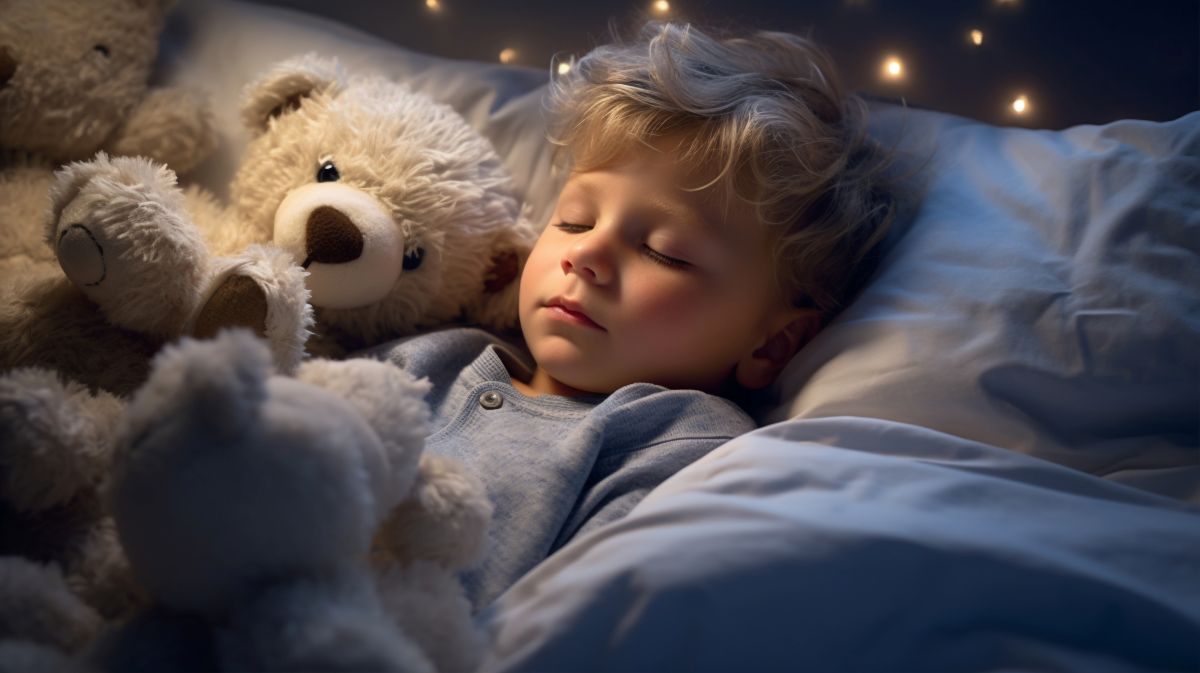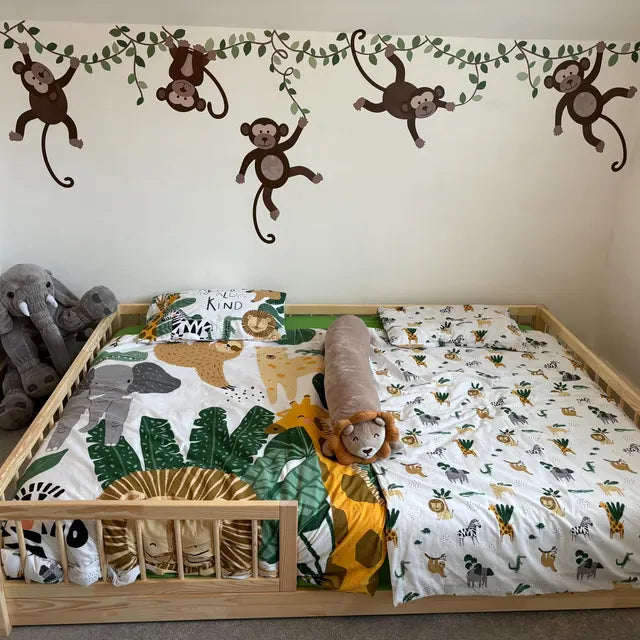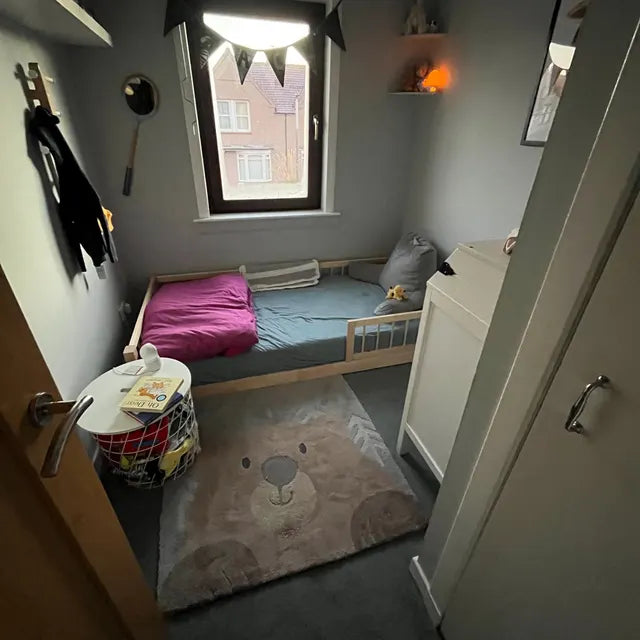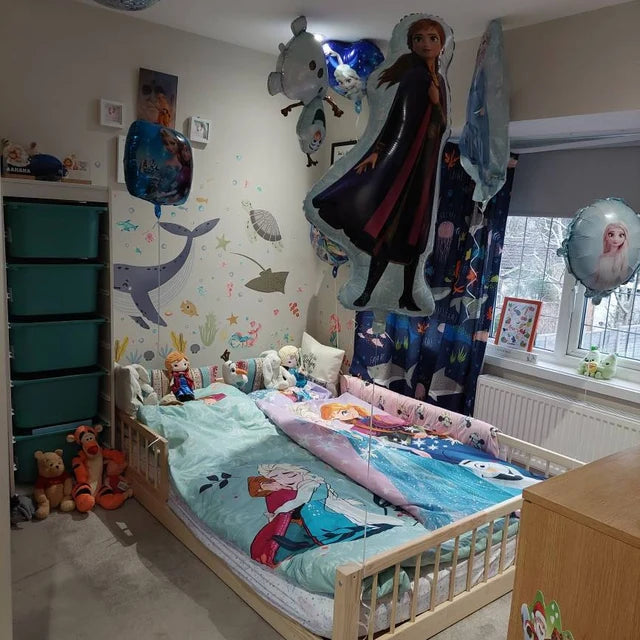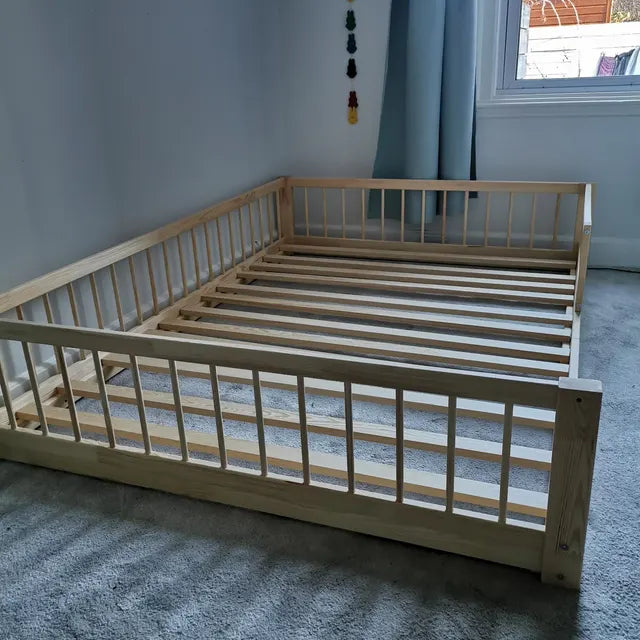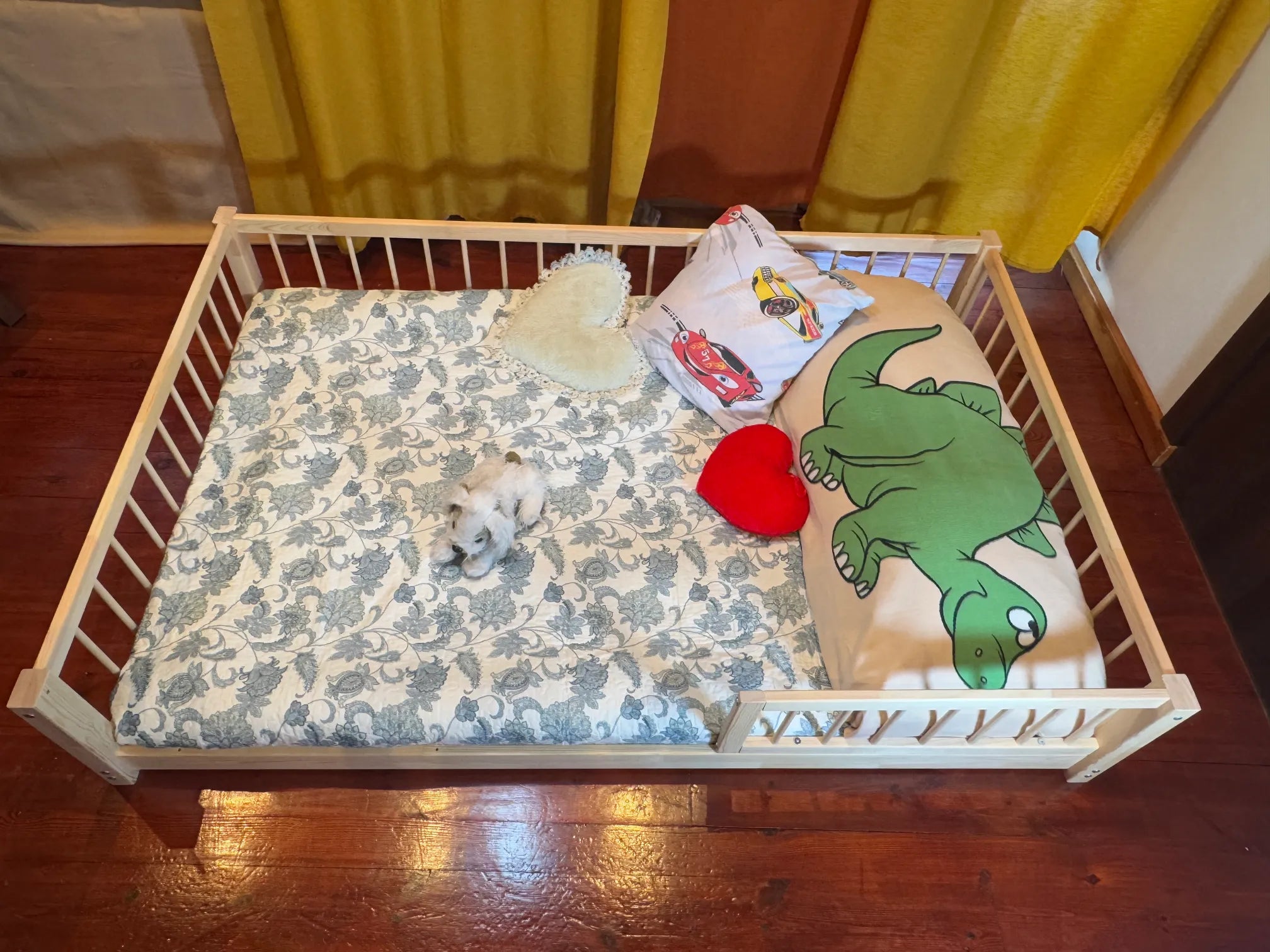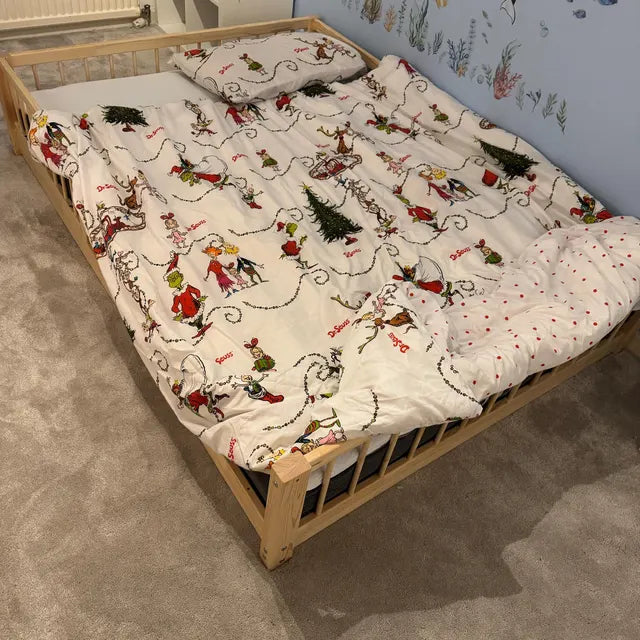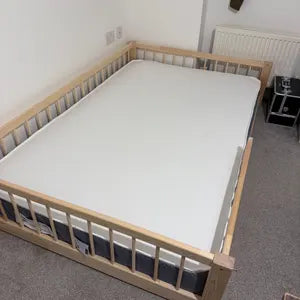When it comes to your child’s sleep, safety should always come first. With so many kids’ beds on the market, it’s crucial to understand the UK’s safety regulations to ensure you're making the right choice. From the type of wood to the paint used, every detail matters. In this article, we’ll walk you through the essential UK safety standards for children’s beds and explain how Snuglee beds are thoughtfully designed to meet and exceed those expectations.
Understanding UK bed safety regulations
Why safety standards matter for children’s beds
Let’s be real—kids are little adventurers. They climb, bounce, roll, and sometimes even chew on their beds. That’s why safety isn’t just “nice to have”—it’s absolutely non-negotiable. Proper UK safety standards are there to make sure that your child's bed isn't just cozy, but also rock-solid and hazard-free.
Who sets the safety standards in the UK?
In the UK, safety standards are overseen by organizations like BSI (British Standards Institution) and EU regulatory bodies. These ensure children’s beds meet rigorous criteria for design, materials, and performance.
Key UK and EU safety standards to know
BS EN 747 – Bunk and loft beds
If your child is ready to level up—literally—with a bunk or loft bed, BS EN 747 is the gold standard.
Guardrails and ladder safety
The law requires fixed guardrails on both sides, with ladder rungs evenly spaced for safe climbing. Gaps between rails should be small enough to prevent entrapment.
Height and structural stability
Beds must withstand a series of stress and load tests—basically ensuring they won't come crashing down mid-dream.
BS EN 716 – Toddler and Junior Beds
Ideal for smaller kids, BS EN 716 makes sure beds are low, stable, and free from pinch or trap hazards.
Minimum spacing and edge design
The spaces between slats or bars must be narrow enough to prevent limbs or heads from getting stuck.
Tip-over resistance
Beds are tested to make sure they don’t tip over when your toddler decides to use them as a trampoline.
EN 71-3 – Safe finishes and materials
No parent wants their child inhaling or absorbing toxic chemicals.
What chemicals are banned?
Heavy metals like lead, cadmium, and mercury are strictly prohibited in paints and finishes.
Why non-toxic paint matters
Even if it looks harmless, that colourful finish might be hiding harmful toxins. EN 71-3 compliance means it’s been tested and is safe—even if your little one decides to give it a lick.
Common hazards in children’s beds
Unsafe gaps and entrapment risks
Beds with large gaps between slats, headboards, or guardrails pose real danger. Tiny heads and limbs can easily get trapped.
Slippery finishes and sharp edges
High-gloss finishes may look cute, but they’re slippery. Likewise, sharp edges can turn a bedtime story into a trip to A&E.
Low-quality wood and construction weakness
Beds made from particleboard or MDF might look good on day one, but they often degrade quickly—leading to wobbles, breaks, or worse.
What to look for in a safe kids bed
Solid construction and material choice
A sturdy frame made of solid pine or hardwood is essential. At snuglee, we use free-knot solid pine, offering exceptional durability and strength.
Mattress fit and gap prevention
Always make sure the mattress fits snugly within the frame. Too much wiggle room can mean dangerous gaps.
Rounded corners and smooth surfaces
Avoiding injury is half the battle. Smooth finishes and gently curved corners help protect little noggins from unnecessary bumps.
Low design for young children
Low-profile beds reduce the risk of falls and support safe, independent access for toddlers and young kids.
Montessori principles and bed safety
How Montessori beds promote independence safely
Montessori-inspired floor beds help kids gain confidence and freedom while staying safe. They can climb in and out independently, developing gross motor skills along the way.
Floor beds vs. Elevated beds for children aged 3+
At age 3 and beyond, kids benefit from a bit more structure—literally. Elevated, low-frame beds provide structure without sacrificing accessibility.
Why Snuglee beds go beyond basic safety
Free-knot solid pine wood structure
Unlike cheaper alternatives, Snuglee beds are crafted from knot-free pine that resists warping, cracking, or splintering.
EN 71-3 certified non-toxic finishes
We use only child-safe, eco-conscious lacquers that are EN 71-3 compliant—safe for skin, mouths, and lungs.
Designs suited for ages 3 and up
Our beds cater specifically to kids aged 3+, aligning with developmental needs and safety guidelines.
Matching bed size and age appropriately
Transitioning from cot to junior bed
Look for a bed that’s low to the ground, with side protection. Your child should feel snug and secure without being “caged in.”
When to consider a bigger bed
Once your child nears school age, a bigger single or small double bed might make more sense—especially if they like to sprawl or have siblings who occasionally sleep over.
Snuglee’s commitment to child safety
UK-based storage and fast delivery
Even though our beds are crafted in Poland, they’re stored in the UK and shipped fast via FedEx. Less waiting, more sleeping.
Customer-focused return and delivery policies
With flexible return options and transparent shipping fees, we put your peace of mind first—because buying your child’s bed shouldn’t be stressful.
Final thoughts
At the end of the day, a child’s bed is more than a piece of furniture—it’s a launchpad for growth, rest, and independence. That’s why understanding and trusting UK safety standards is so important. At Snuglee, we design each bed to not only meet these standards but to go far beyond them, offering you the perfect mix of style, function, and peace of mind.
Looking for a safe and snug bed for your little one?
👉 Shop Snuglee Kids Beds Now
FAQs
Q1: Do all kids' beds in the UK need to meet EN 71-3?A1: If the bed is marketed for children, then yes—EN 71-3 compliance is essential to ensure the finish is non-toxic and child-safe.
Q2: Are floor beds safer than bunk beds?A2: For children under age 6, floor beds are generally safer. Bunk beds, while fun, should only be used by older children and must meet BS EN 747 standards.
Q3: Can I use a second-hand bed if it’s not certified?A3: It’s not recommended. Older beds may not meet current safety standards, and wear-and-tear can reduce stability.
Q4: What’s the ideal age to switch from a cot to a bed?A4: Most children transition between 18 months and 3 years. Snuglee beds are designed for ages 3+ for safety and developmental fit.
Q5: Do Snuglee beds come with guardrails?A5: Yes, many of our models include low-profile guardrails for added safety during the transition to a “big kid” bed.
